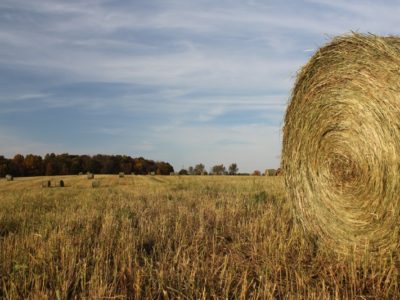
Consumer Willingness to Pay for Agriculture Ecosystem Services
Consumer Willingness to Pay for Agriculture Ecosystem Services
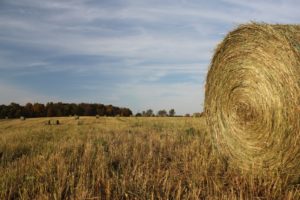
Late fall switchgrass harvest at the GLBRC / KBS LTER biofuels scale-up site; Photo Credit: J.E.Doll, Michigan State University
Credit: J.E. Doll- Michigan State University
Research from KBS LTER reveals not only how changes in cropping practices improve ecosystem service flows, but also the economic value of those flows. Paired studies of farmers and consumers track farmer willingness to provide changed practices along with consumer willingness to pay for ecosystem services that come from those changed practices, such as climate mitigation, water quality regulation, and natural pest control.
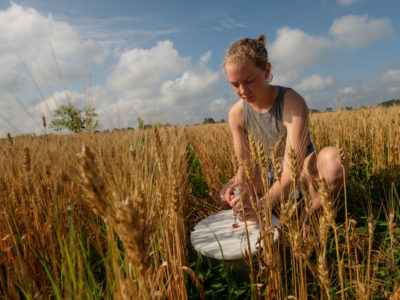
Environmental Management can Mitigate Greenhouse Gas Emissions
Environmental Management can Mitigate Greenhouse Gas Emissions
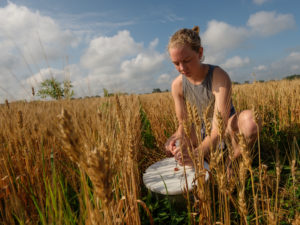
A research technician samples greenhouse gases on the KBS LTER Main Cropping Systems Experiment
Credit: Kurt Stepnitz
Agriculture emits quantities of greenhouse gases equivalent to those from the transportation sector, and long term LTER research has revealed how farmers can better manage intensive row crop systems to mitigate climate change. Plant-microbe-soil interactions can enhance soil carbon sequestration, reduce nitrous oxide emissions, and promote methane oxidation. Implemented widely, improved management could make cropping systems a major mitigator of climate change.
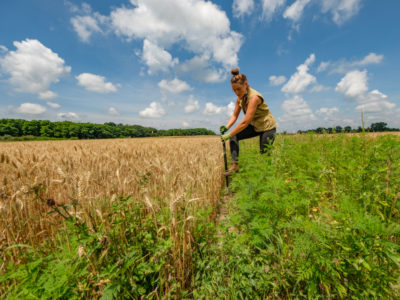
Evolutionary Responses of Soil Microbes
Evolutionary Responses of Soil Microbes
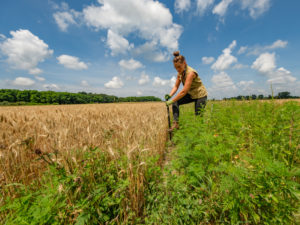
A KBS LTER graduate student collects soil cores in a prairie strip on the Main Cropping Systems Experiment.
Credit: Kurt Stepnitz
Twenty-plus years of nitrogen fertilization have caused rhizobia in soybeans to evolve toward reduced nitrogen fixation. These evolutionary changes have ecological consequences, as the evolution of reduced cooperation alters soil nitrogen availability. Directed changes to the microbial community, through plant-soil management or added bioinoculants, represents an important frontier for improving cropping system resilience.
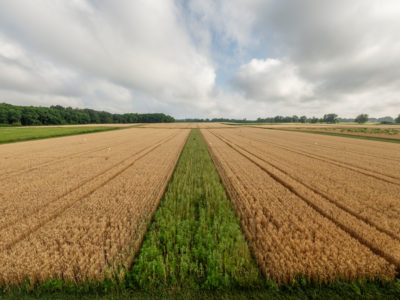
Landscape Diversity Enhances Pest Suppression
Landscape Diversity Enhances Pest Suppression

A prairie strip growing in wheat at the KBS LTER Main Cropping Systems Experiment.
Credit: Kurt Stepnitz
Simplification of agricultural landscapes reduces abundance of predatory insects, at substantial cost to farmers and society. Diverse landscapes harbor generalist predators such as ladybird beetles, which control crop pests such as soybean aphids, limiting the need for insecticide use. Given global declines in insect abundance, increasing the diversity of habitats and their spatial arrangement across landscapes could enhance biodiversity and provide biocontrol services worth hundreds of millions of dollars per year, while reducing the need for insecticides.










